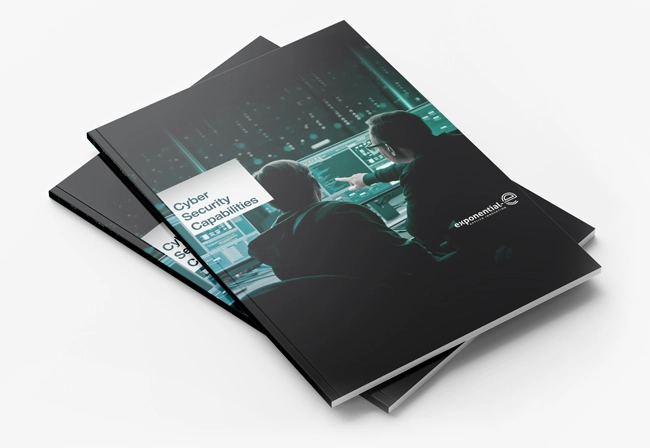Tackling cyber security blind spots in healthcare
For many Chief Information Security Officers (CISOs), the first challenge isn't stopping a breach, it's knowing where the breach could even happen. Healthcare IT estates are some of the most complex and fragmented in the public sector.
Start with discovery
Securing an environment begins with understanding what exists. In the NHS and other healthcare settings, this means using mapping exercises to highlight legacy systems, clinical applications, and unauthorised software that may be flying under the radar. These tools help build a real-time picture of the IT estate and lay the foundations for an effective security strategy.
Assess every application
Healthcare is heavily reliant on specialist applications, from EPR systems to diagnostic and imaging tools. Once discovered, these applications must be assessed: Are they supported? Are they patched? Are they still needed? Prioritising business critical systems while decommissioning or isolating redundant ones reduces risk and frees up resources.
Protect data in transit
Securing data in motion is vital, particularly as healthcare organisations move towards more integrated care models and shared records. Patient data flowing between departments, systems, and even organisations must be encrypted and segmented using modern security principles like Zero Trust and Secure Access Service Edge (SASE).
Secure the borders
Healthcare estates are increasingly borderless, with staff working remotely, using mobile devices, and accessing cloud services. Protecting these entry and exit points through firewalls, endpoint detection and response (EDR), and robust identity controls helps prevent external threats from breaching the core infrastructure.
Empower a human firewall
Frontline NHS staff are focused on delivering care, not cyber security. But every user is a potential risk or a valuable line of defence. Ongoing education, delivered in a way that supports rather than burdens staff is key to preventing phishing, social engineering, and accidental breaches.
Maintain monitoring and visibility
Healthcare systems must operate around the clock but so must monitoring. Real-time analytics and alerting help CISOs detect unusual behaviour, system anomalies, and early indicators of compromise. With AI-powered tools, it's possible to gain insights without overwhelming IT teams with false positives.
Test relentlessly
Regular penetration testing and incident response exercises are crucial in healthcare, where the stakes of a breach are high. Testing validates your defences, identifies overlooked vulnerabilities, and builds confidence in your ability to respond to real-world attacks.
Build a resilient framework
Ultimately, what healthcare CISOs need is a repeatable, scalable security framework that connects discovery, application management, transit protection, border security, user awareness, visibility, and testing. This holistic approach creates resilience not just in systems, but across the organisation.
Healthcare is under constant pressure whether it's from budget constraints, rising demands or regulatory scrutiny. But cyber security can't be an afterthought. By shining a light on security blind spots and implementing a proactive framework, healthcare CISOs can protect patient data, support clinical outcomes, and reduce operational risk across the board.
Monitoring, management and testing are vital to maintaining a robust cyber security posture.
When you subscribe to the blog, we will send you an e-mail when there are new updates on the site so you wouldn't miss them.


